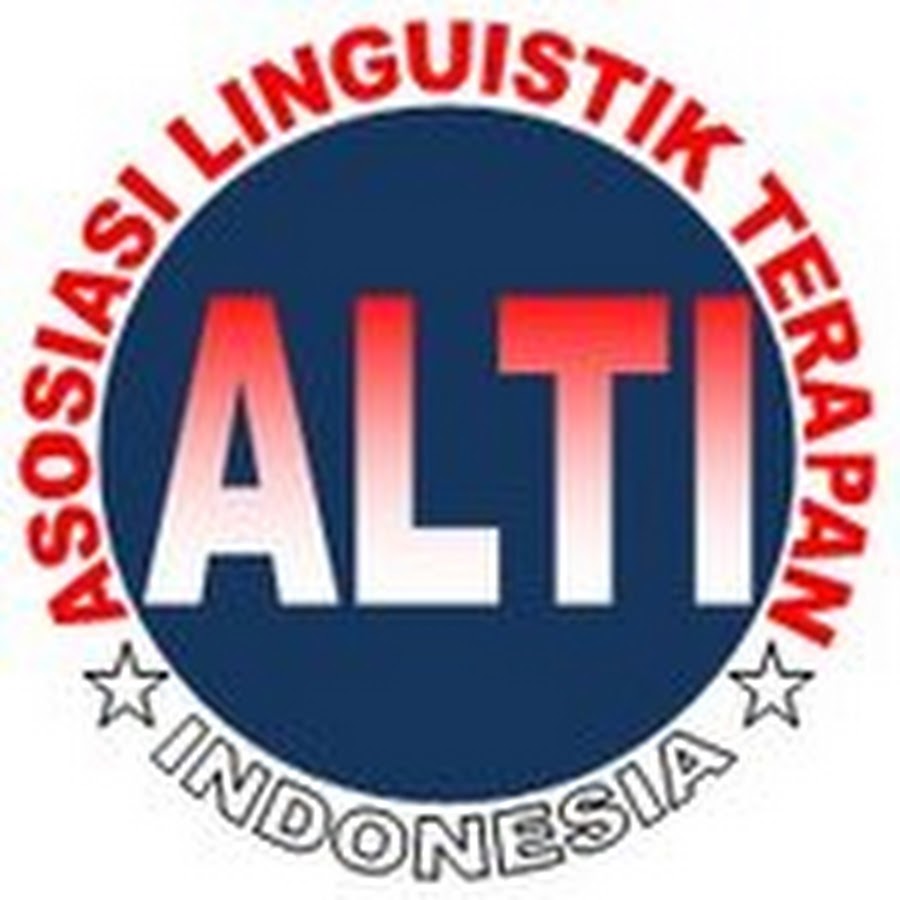Exploring Lecturers’ Perceptions of Multiple Intelligence-based Instruction in Teaching English for Islamic Studies
DOI:
https://doi.org/10.33096/tamaddun.v23i1.589Keywords:
Explorative Study, Lecturers' Perceptions, Multiple intelligence, English for Islamic StudiesAbstract
This paper aims to explore lecturers’ perceptions on multiple intelligence-based instruction in teaching English for Islamic studies. The key question is how lecturers understand the concept of MI-based instruction. This study was conducted at one of the Islamic universities in Indonesia involving three lecturers. The instruments used were multiple intelligence inventory questionnaires and interview guidelines. The data found that teaching and learning activities should be designed to enhance each student's different intelligences, facilitating strength intelligence. Students not only have language and mathematics intelligence but also have several different intelligences owned by students, including: verbal linguistic, logical-mathematical, musical, visual-spatial, bodily kinesthetic, naturalistic, intrapersonal, interpersonal, and existential intelligence. MI-based teaching provides a new outlook in improving the quality of teaching and meaningful learning. MI-based instruction respects each student's learning style, which is indicated by the student's preference in learning. Therefore, using MI-based instruction in the teaching and learning process will be easy, fun, and respect everyone's way of receiving material. This study encourages future research on connecting the understanding of the multiple intelligences of lecturers with the needs of students in the process of learning English for Islamic studies.
References
Allan, B. A., & Shearer, C. B. (2012). The scale for existential thinking. International Journal of Transpersonal Studies, 31(1), 21–37.
Amstrong, T. (2009). Multiple Intelligences in the Classroom (3nd Editio). ASCD.
Campbell, L., & Campbell, B. (1999). Multiple Intelligences and Student Achievement: Success Story From Six School. ASCD.
Christison, M. A. (1996). Applying Multiple Intelligences Theory in Undergraduate EFL Classroom. Mextesol Journal, 19(3), 27–41.
Christison, M. A. (1998). Applying Multiple Intelligences Theory in Preservice and Inservice TEFL Education Programs. Forum, 36(2), n2.
Derakhshan, A., & Faribi, M. (2015). Multiple Intelligences: Language Learning and Teaching. International Journal of English Linguistics, 5(4), 63–72.
Dolati, Z., & Tahriri, A. (2017). EFL Teachers’ Multiple Intelligences and Their Classroom Practice. SAGE Open, 7(3), 1–12.
Emmiyati, N., Rasyid, M. A., Rahman, M. A., Arsyad, A., & ... (2014). Multiple Intelligences Profiles of Junior Secondary School Students in Indonesia. International Education ….
Esam, A. A. J. (2018). Existential intelligence among graduate students at the World Islamic Sciences University in Jordan. Academic Journal, 13, 534–542.
Fletcher, R. B., & Hattie, J. (2011). Intelligence and intelligence testing. In Routledge. the Taylor & Francis e-Library.
Gardner, H. (1999). Intelligences Reframed. Basic Book.
Geeta, M. N., & Gupta, S. M. (2017). A study of multiple intelligences of secondary school students of Jodhpur city of Rajasthan state. raijmr.com.
Hanafin, J. (2014). Multiple intelligences theory, action research, and teacher professional development: The Irish MI project. Australian Journal of Teacher Education. http://doras.dcu.ie/21721/
Hoerr, T. R., Boggeman, S., & Wallach, C. (2010). Celebrating Every Learner: Activities and Strategies for Creating Multiple Intelligences Classroom. Jossey Bass.
Karavas-Doukas, E. (1996). Using attitude scales to investigate teachers’ attitudes to the communicative approach.
Ma’mun, N. (2019). The Use of Multiple Intelligence Approach in The Teaching of English for Young Learner. Teflin 2: From Policy to Classroom, 060, 132–138.
MacLeod, M. V. (2003). Teachers’ perceptions and practices of Howard Gardner’s Theory of Multiple Intelligences (Howard Gardner). elibrary.ru. https://elibrary.ru/item.asp?id=5921805
Madkour, M., & Mohamed, R. A. A. M. (2016). Identifying College Students’ Multiple Intelligences to Enhance Motivation and Language Proficiency. English Language Teaching, 9(6), 92–107.
McKenzei, W. (2005). Multiple Intelligences and Instructional Technology (Second Edi). ISTE.
McKenzie, W. (2005). Multiple intelligences and instructional technology. ISTE (Interntl Soc Tech Educ.
Mike Fleetman. (2006). Multiple Intelligences in Practice: Enhancing self-esteem and learning in the classroom (Vol. 53, Issue 9). MPG Books Ltd.
Munir, M., Talib, A., & Anugrah, A. S. (2023). EFL Students’ Strategies In Dealing With Speaking Anxiety In Post Pandemic Class. Tamaddun, 22(2), 156–165.
Putri, L. A., Deviyanti, R., & Suningsih, S. (2022). Teacher’s Perception of Multiple Intelligence Based on English Teaching for Young Learners. Universitas Lampung International Conference on Social Sciences (ULICoSS 2021), 365–369.
Richards, J. C., & Rodgers, T. S. (2001). Approaches and Methods in Language Teaching (2nd ed.). Cambridge University Press.
Robbins, S. P. (2009). Organizational behavior, 13/E. Pearson Education India.
Rosmaladewi, R., Abduh, A., & Basri, M. (2020). English Lecturers’ Experiences on Professional Development in Indonesian Polytechnics. IJoLE: International Journal of Language Education, 4(2), 314–321.
Ruhl, C. (2020). Intelligence: Definition, theories and testing. SimplyPsychology, 1–20.
Savas, P. (2012). Pre-service English as a foreign language teachers’ perceptions of the relationship between multiple intelligences and foreign language learning. Learning and Individual Differences. https://www.sciencedirect.com/science/article/pii/S1041608012000593
Shero Malo Zebari, S., Ali Ahmed Allo, H., & Mohammedzadeh, B. (2018). Multiple Intelligences - Based Planning of EFL Classes. Advances in Language and Literary Studies, 9(2), 98. https://doi.org/10.7575/aiac.alls.v.9n.2p.98
Sternberg, R. J. (2012). Intelligence. Dialogues in Clinical Neuroscience, 14(1), 19–27.
Sternberg, R. J. (2015). Multiple intelligences in the new age of thinking. Handbook of Intelligence.
Sulaiman, T., Abdurahman, A. R., & Rahim, S. S. A. (2010). Teaching strategies based on multiple intelligences theory among science and mathematics secondary school teachers. In Procedia-Social and …. cyberleninka.org. https://cyberleninka.org/article/n/1048193.pdf
Taase, Y., Satariyan, A., & Salimi, H. (2014). Investigating students with English as a foreign Language and their textbooks: An application of multiple intelligences theory. International Journal of Humanities and Social Science, 4(6), 285–294.
Yaumi, M., Sirate, S. F. S., & Patak, A. A. (2018). Investigating Multiple Intelligence-Based Instructions Approach on Performance Improvement of Indonesian Elementary Madrasah Teachers. SAGE Open, 8(4).
Yin, R. K. (2014). Case Study Reseach (5 Edition). Sage Publication, Inc.
Downloads
Published
Issue
Section
License
Authors who publish with Tamaddun journal agree to the following terms:
1. Authors retain the copyright and grant Tamaddun the right of first publication. The work will be licensed under a Creative Commons Attribution License (CC BY 4.0), which permits others to share the work with proper acknowledgment of the authorship and initial publication in this journal.
2. Authors may enter into additional non-exclusive agreements for the distribution of the published version of their work (e.g., posting it to an institutional repository or including it in a book), provided that the initial publication in this journal is acknowledged.
3. Authors are encouraged to post their work online (e.g., in institutional repositories or on their personal websites) before and during the submission process. This can lead to productive exchanges and increase the visibility and citation of the published work.






